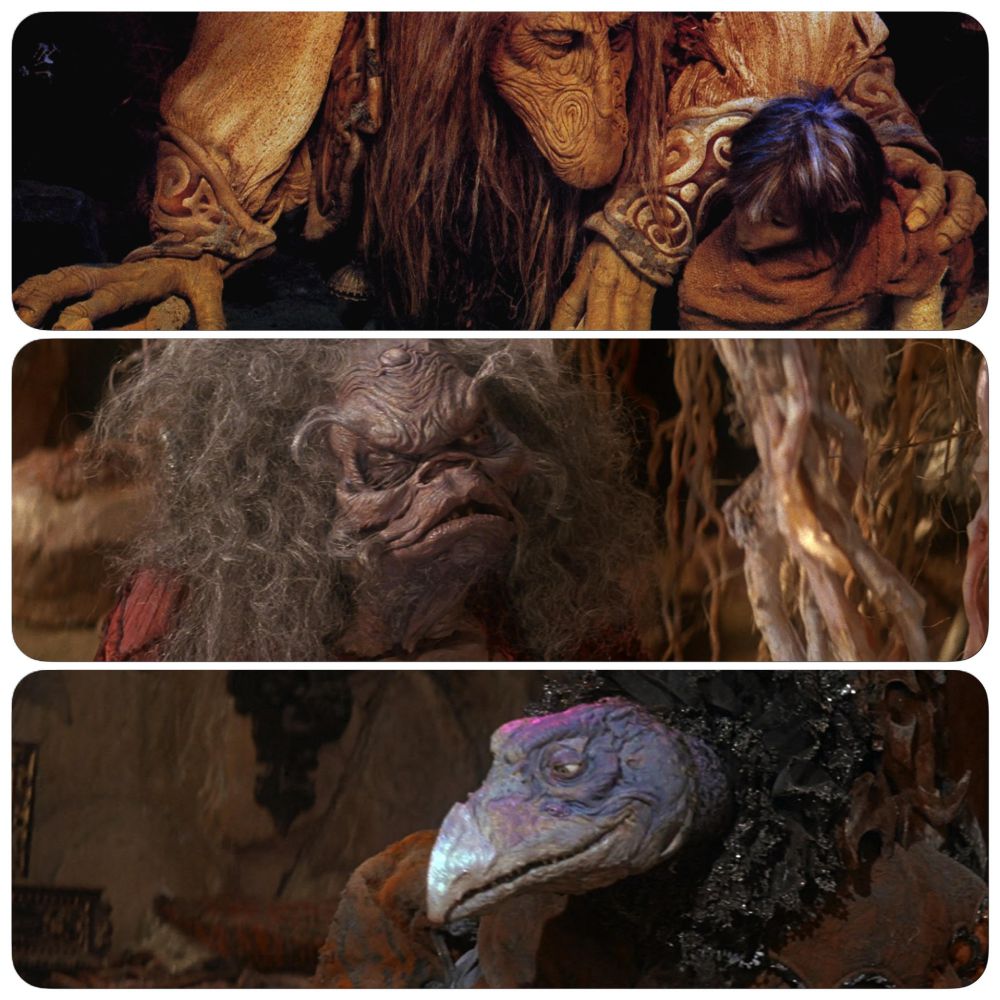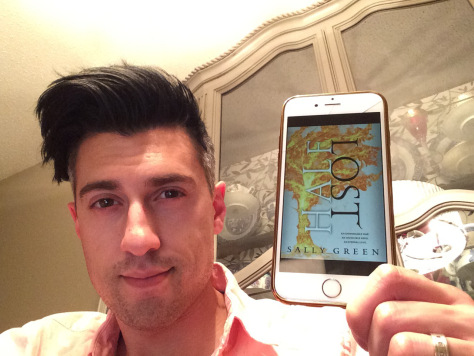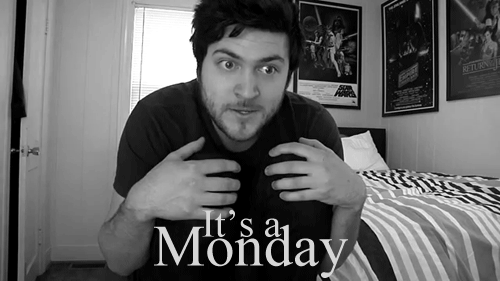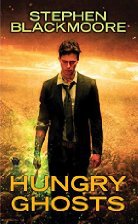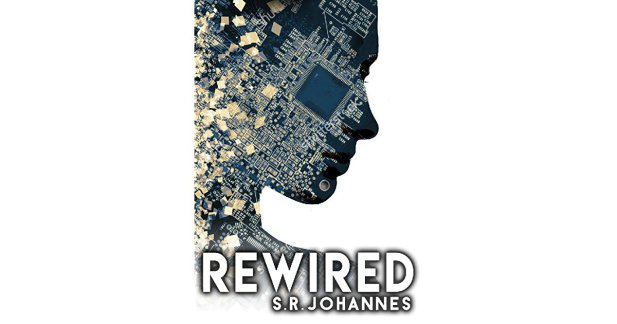The greatest children’s stories acknowledge their audience not as simpletons, but as adults-in-training, who will need to understand the wonders and cruelties of the world they will one day inherit. In that tradition, the finest children’s storytellers are those who are willing to broach tough topics such as death or heartbreak, and are willing to paint in more primordial tones than a happy, primary palette will allow. When we think of children’s storytelling, Jim Henson’s Muppets readily come to mind, those strange and lovable puppets starring in everything from Sesame Street to the Muppet Show to Fraggle Rock, and much more. But as much as Jim Henson himself wanted to project his earnestly held worldview that lauded sweetness and decency, he also felt that to best serve a young audience, you owed it to them to not sky from frightful or unsettling content. Thus, put his vast Muppet resources to work on an epic, bewildering passion project that would break new ground in puppeteering and animatronics, fire the imaginations of an entire generation, and earn a rightful place as one of the most inventive movies in cinema history: The Dark Crystal.
The story takes place a millennium ago on the planet of Thra, which is ruled by a race of cruel, savage and power-hungry vulture-like humanoids known as the Skeksis. They Skeskis draw their strength from an enormous, ancient amethyst known as the Dark Crystal, whose magicks keep the Skekis alive indefinitely. But elsewhere on Thra live the Mystics, a race of wise and benevolent creatures who have a strange bond to the Skeksis and who know two very important secrets. The first, is that the Dark Crystal is cracked, and that there is a missing shard that if inserted back into the crystal, will heal it. The second is that Thra’s three suns will soon align, and if the Dark Crystal is not healed before then, the Skeksis will rule forever. Thus do the Mystics send Jen, a pixie-like creature known as a Gelfling on a quest to find the shard and heal the crystal. Along the way, Jen will meet the bizarre astronomer Augrah, a fellow Gelfling named Kira and Kira’s pet Fizzgig, a critter with three rows of teeth and is alternately endearing and horrifying. Meanwhile, our heroes are stalked by a renegade Skeksi with an agenda of his own. In a race against time, it becomes clear to Jen that his quest to save the world will not come without danger, sacrifice or great loss.
There are a lot of things that distinguish the Dark Crystal, but chief among them is that puppets of every kind populate the movie. There is not a single human actor clearly visible anywhere. From small insectoids to enormous crab-like giants and everything in between, every creature and character we see is something from the Muppet Workshop, which represents an act of almost insane creative ambition. To make all that puppeteering even possible, the whole movie takes place on constructed sets, the net result being an entirely artificial world that we know isn’t really real, but presents a level of detail so compelling that somehow, we suspend our disbelief anyway. The animatronics used to animate Jen and Kira’s faces was pretty advanced for the time, but to modern audiences might seem on the near side of the android valley. But even then, the Dark Crystal’s level of visuals work on their own terms, and the fact that happens at all is worthy of recognition.
The quest story also provides Henson with a chance to show off this world he has imagined. The 1970s and 1980s were the era of epic fantasy world-building, and Henson was no different. Half the enjoyment of the Dark Crystal is simply encountering all of the strange new aspects of Thra and its myriad inhabitants. But none capture our attention more so than the Skeksis and the Mystics, whose magically conjoined existence drives the story as well as offers a uniquely Hensonian comment on the duality of good and evil. The Skeksis in particular are compelling villains, the most interesting characters of the show, and a gang of creatures that the Henson Muppeteers deeply invested themselves in.
For an epic fantasy story, there is almost no fighting in it—another classic Henson twist. There are a lot chases, and a nearly constant sense of tension and peril from the Skeksis and their dire agents, but at no point do Jen and Kira really battle their foes with the expectation to win. Violence in this story—and in this world, really—is never the answer. The only battle we see is early on, when two Skeskis dispute who should become their new Emperor. They duel with enormous swords, but even then, they don’t go at each other, they take turns trying to cleave an ancient dueling stone. When the contest is over, the loser is set upon by his fellow Skeksis, stripped of his clothes and fineries and left a cowering, defeated mess on the floor. It’s a frightening spectacle that even in this weird puppet-world says something of value about the nature of evil. Before evil preys upon the rest of the world, it first hones its skills by preying upon itself.
The Dark Crystal features a strange moment of truth, since it doesn’t exist in the theatrical cut. The initial version wasn’t going to include any English language, featuring instead alien dialogue. And it might have worked, if early test footage of the Skeksis squabbling amongst themselves wasn’t so distressing for viewers to see that Henson 86ed it entirely and subbed in human voice acting. He wasn’t wrong—the Skeksi-language version is almost too unsettling to watch—showing that even when you’re trying to do kids a solid by showing them the darkness of the world, it’s probably best to dim the lights first rather than turning them off without warning.
